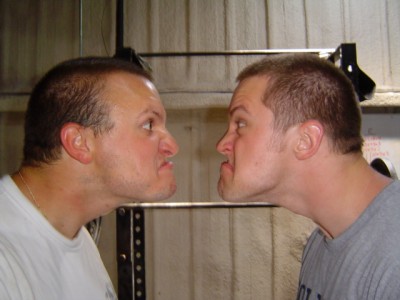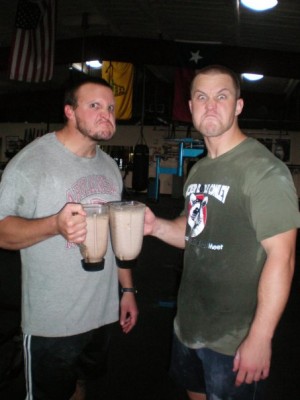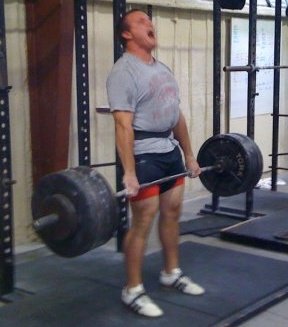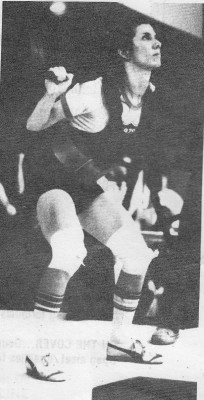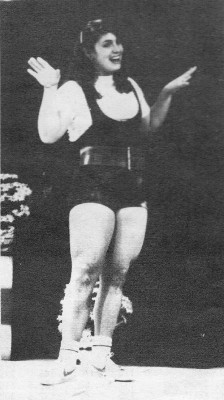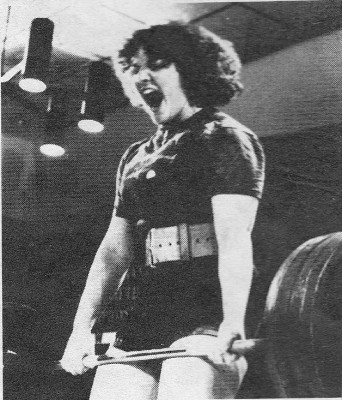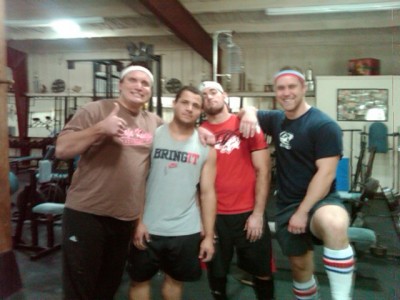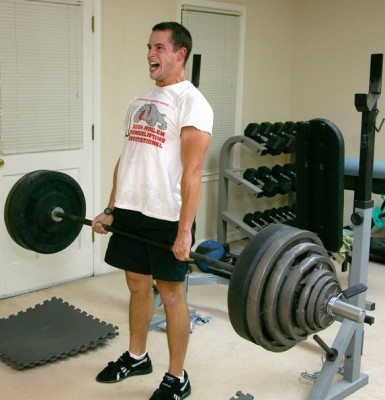“I train every day of my life as they have never trained a day in theirs.”

Justin is still out at the barbell cert, and we don’t have AC’s video yet. So we’re going to take a little time to consider the merits of weight class athletes in the world of 70’s Big.
Moving the iron is all well and good, but I personally cannot think of a more useful application of strength and power than tossing another human around. And nobody tossed humans around better than today’s subject.
Alexander Karelin is one of the greatest wrestlers of his generation athletes of all time. Karelin was a superheavyweight Greco-Roman wrestler that represented the old Soviet Union and, later, Russia. The Russian Bear went undefeated for 13 years in international competition, including a six-year stint where he didn’t give up a single point. Over this period he won 12 European Championships, nine world championships, three Olympic golds, and one Olympic silver (his last match was a loss in the finals). And lest we forget, at 6’3 290, he was definitely 70’s Big.
Greco-Roman differs from other forms of wrestling because all the action happens above the waist. Grabbing, hooking, or tripping the legs is forbidden. As a result, the throws are often quite dramatic. Body slams and suplexes are commonplace in Greco-Roman.
You can get a feel for the setups by watching Karelin in this video:
Karelin wrestled at 130 kg, but he was impossibly fast and athletic. The big guys couldn”t keep up with him. No other wrestler matched his strength, either. Opponents were so scared of being slammed that many sprawled onto the mat (giving up dominant position and possibly points!) hoping to avoid being thrown for big points. Karelin countered this by applying his signature reverse body lift, which was a gutwrench suplex off the mat! This move affectionately became known as the Karelin Lift.
To put this into perspective, try to clean a 300 pound resisting object from the floor. Do this multiple times over three two-minute periods, and you get the idea. Still not clear? Here you go:
As is customary with dominant athletes, Karelin was accused of using performance enhancing drugs like HGH and steroids. Many referred to him as “The Experiment, “a not so-subtle dig at the U.S.S.R.’s tendency to dispense testosterone like it was candy. However, Karelin never failed a drug test his entire career (and Olympic drug tests actually have some teeth). When asked about these rumors, Karelin shrugged and said, “People cannot believe I am natural because I train every day of my life as they have never trained a day in theirs.”

Read more about Karelin here.
Edit: If anybody has any factual training info on Karelin, please send it in. Most of the information on him is in Russian, and my Russian is quite poor. I have read claims of him doing a 420 pound clean and press. Supposedly Pavel remarked that Karelin did 440 pound Zercher deadlifts for a set of 10. That would be applicable to the Karelin lift, as you need your arms underneath your opponent (Karelin was blessed with very long arms). I have also seen a training clip of him running through waist-deep snow with a log on his back and rowing for hours. You know, stuff from Rocky IV.


